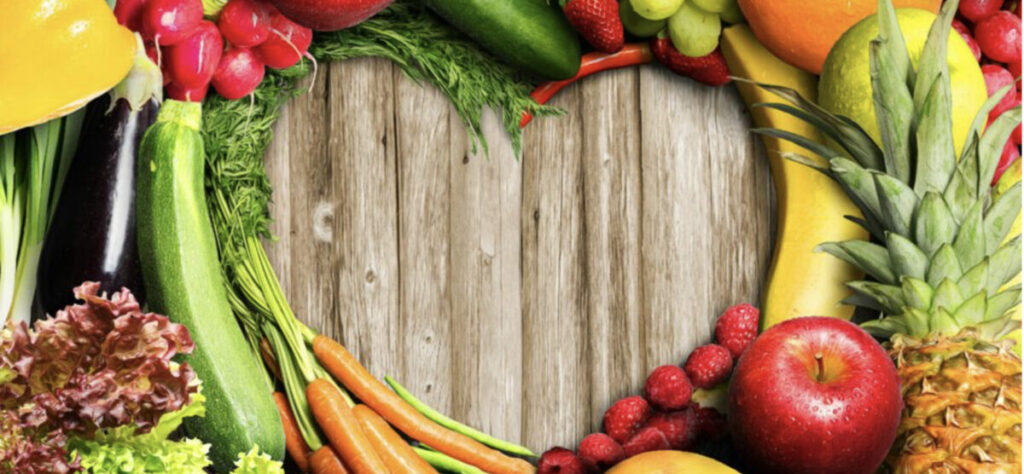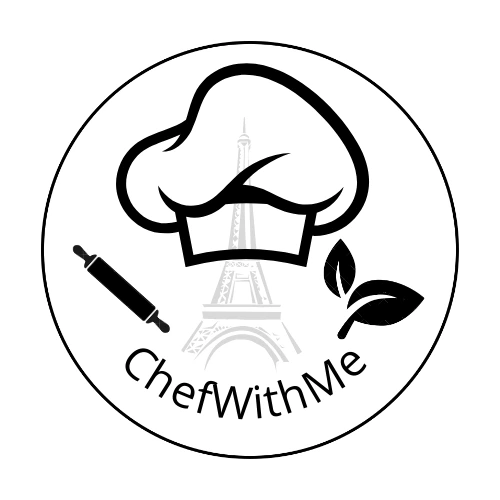What is the value of the pegan diet, which promises better brain, body, and planet health?
This diet, which is a mix of paleo and vegan, promises a better balance while respecting the planet. Is it a new fad or a true middle ground in terms of diet and ethics? Let’s find out.

Pegan Diet
The pegan diet is a hybrid of the paleo and vegan diets. It promises to promote better health for both the body and the planet. It recommends a diet that is 75% composed of low-glycemic fruits and leafy green vegetables, with the remaining quarter consisting of carefully sourced, high-quality proteins such as grass-fed beef, lamb, pork, pasture-raised poultry (and their eggs), wild salmon, and sardines.
Unlike the paleo diet, which excludes slow carbohydrates, the pegan diet recommends them, but in small quantities. Mark Hyman, the creator of the pegan diet, advises consuming gluten-free grains (such as quinoa, black rice, and oats) or legumes with low glycemic indices, such as chickpeas or small beans, at a maximum of 75 grams per day.
Healthy fats such as cold-pressed oils (olive, avocado, and coconut) and nuts (except peanuts) are also recommended. While dairy products are discouraged due to their alleged contribution to diabetes, cardiovascular disease, cancer, and even osteoporosis, as well as their negative impact on the environment.
Processed foods with additives such as colorants, preservatives, and artificial sweeteners should also be avoided, as they can trigger metabolic dysfunctions that can lead to obesity, pre-diabetes, type 2 diabetes, and other health issues.
Lastly, the pegan diet recommends a daily fast of at least twelve hours to allow the body to eliminate waste and repair itself.
While the pegan diet is not entirely new, it does bear similarities to the ketogenic diet. The marketing concept may be aimed at capturing the public’s attention. The name may be problematic for vegans who view eating even a single egg as a complete negation of their philosophy.
Principles vs Reality
Unlike the ketogenic diet, which can be adapted for vegans, the pegan diet may be difficult to sustain without animal products, given the limited quantities of grains and legumes. However, it could be managed by including a sufficient amount of plant-based proteins such as vegan steaks and cheeses. Although these heavily processed products are not consistent with the paleo philosophy of choosing and cooking foods as simply as possible. Another option could be to include more seaweed in the diet.
Therefore, the pegan diet is better characterized as a hypotoxic, flexitarian, paleo-like diet. In reality, the diet of humans during the Paleolithic era depended on their environment. For instance, a paleo diet in equatorial regions with plentiful plant life would be equivalent to a flexitarian vegan diet, without dairy products, since milk was not preserved. In contrast, the paleo diet of Vikings consisted mainly of dairy products, meat, fish, and a little lichen in the best of times.
To remain true to the paleo logic, the pegan diet should be adapted based on the individual’s location, even in the United States, where there is a large climatic delta between the northern and southern regions. Unless prescribed for people with real medical conditions such as allergies or diabetes, any diet can quickly turn into propaganda. We should adapt to our environment and unique genetic makeup.
